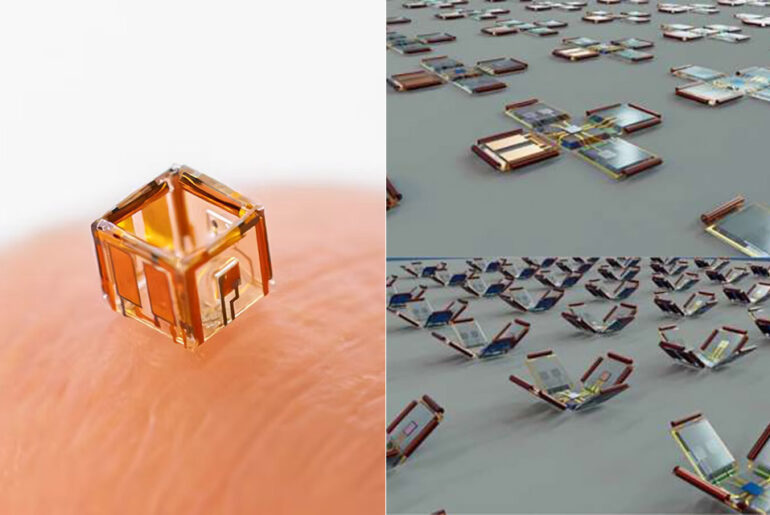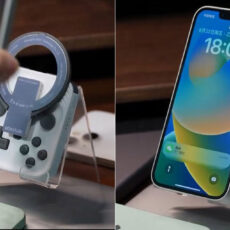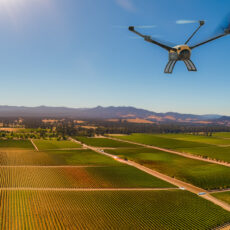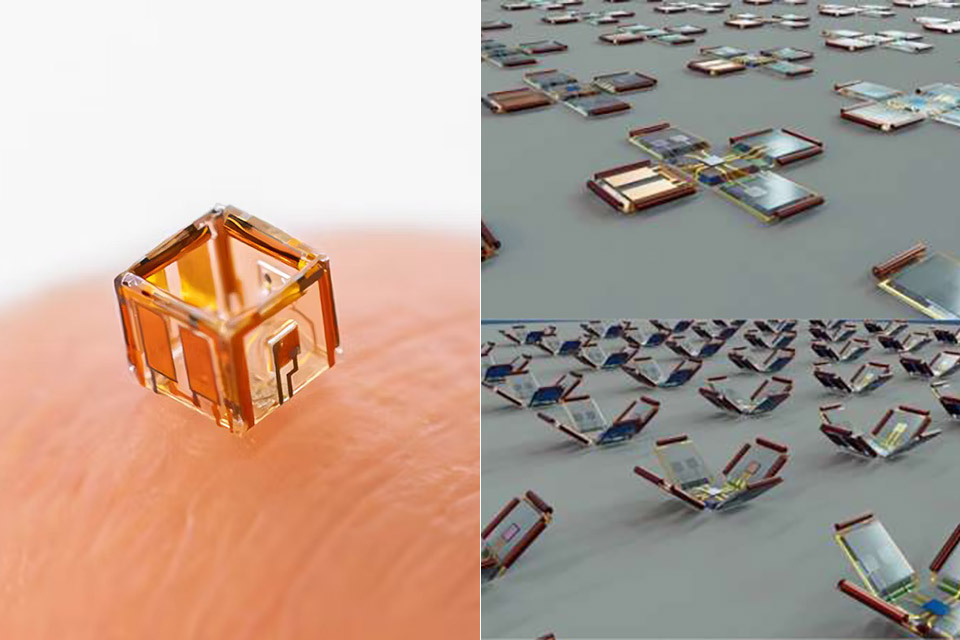
A dozen robots, each smaller than a grain of sand, sit on your fingertip. These are smartlets, tiny marvels from Chemnitz University of Technology that pack a lot of tech into their millimeter sized bodies. Developed by a team led by Prof. Oliver G. Schmidt, these water robots move, sense and talk to each other in water, and could one day monitor lakes or swim through our bodies for medical diagnostics.
Smartlets start as flat, wafer thin sheets, crafted to fold into hollow 3D cubes through an origami process. Selective etching and swelling hydrogels – materials that expand in water – drive this transformation, creating a structure with both interior and exterior surfaces for functionality. Each cube has a silicon chiplet called a lablet which is the brain of the robot. This does logic, interprets signals and coordinates actions and is powered by small photovoltaic cells that capture light. It’s a self contained system that doesn’t need bulky external controllers like previous microrobots.
- 【Regarding Returns】Please note that our custom-made products are NON-RETURNABLE and NON-EXCHANGEABLE!!! We highly recommend that you fully...
- 【Meet the Go2 Robot Dog】The wounderful toy for beginners and experienced robot enthusiasts alike! With basic gaits like walking and running, the...
- 【Intelligent Obstacle Avoidance】Go2 is equipped with Unitree's self-developed 4D LiDAR sensor L1, which has a 360x90° hemispherical...

Water movement is caused by a clever mechanism called hydrolysis. Smartlets generate bubbles by splitting water into hydrogen and oxygen gasses which fill their hollow interiors and make them buoyant. They can float up or sink down, a simple but effective way to navigate their liquid surroundings. They are untethered because the team’s design eliminates the need for wires or external magnets.
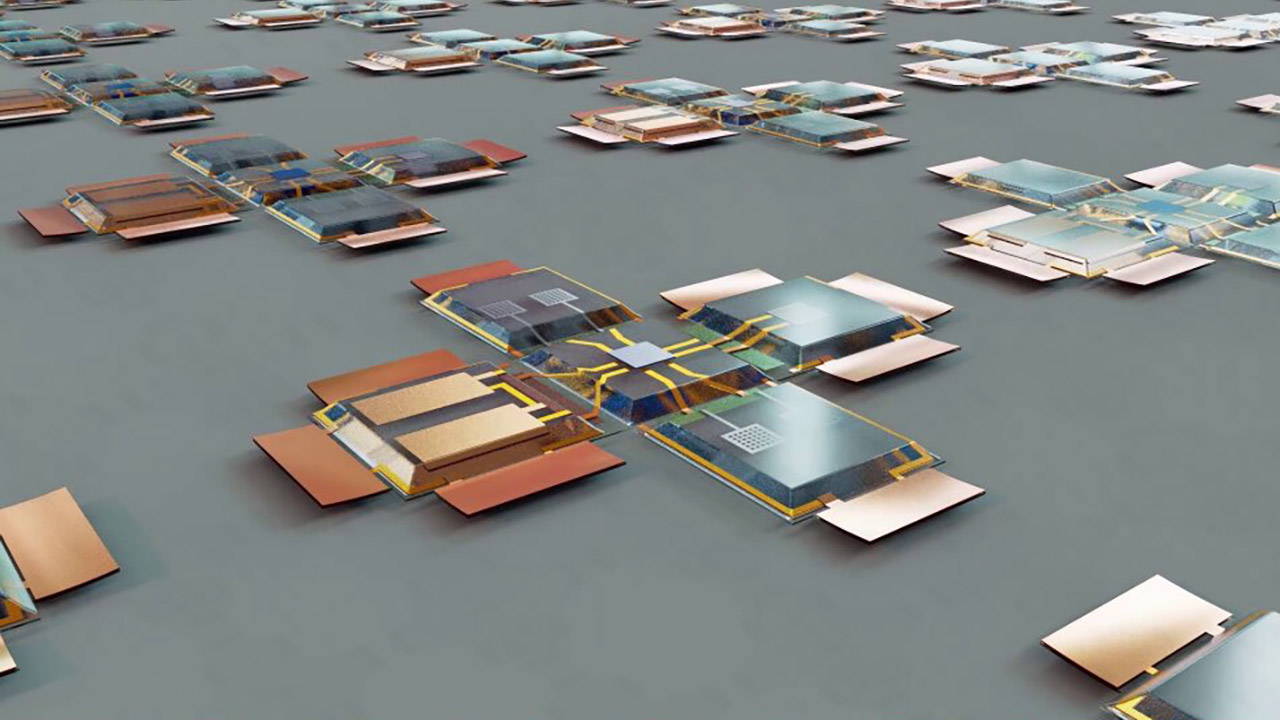
They use micro-LEDs and photodiodes to send and receive optical signals, or light pulses that carry instructions. One smartlet can flash a signal and another can interpret it with its onboard lablet and do synchronized motions or behaviors throughout the swarm. This wireless communication loop without external cameras and antennae allows the robots to work together and respond to inputs in real time.
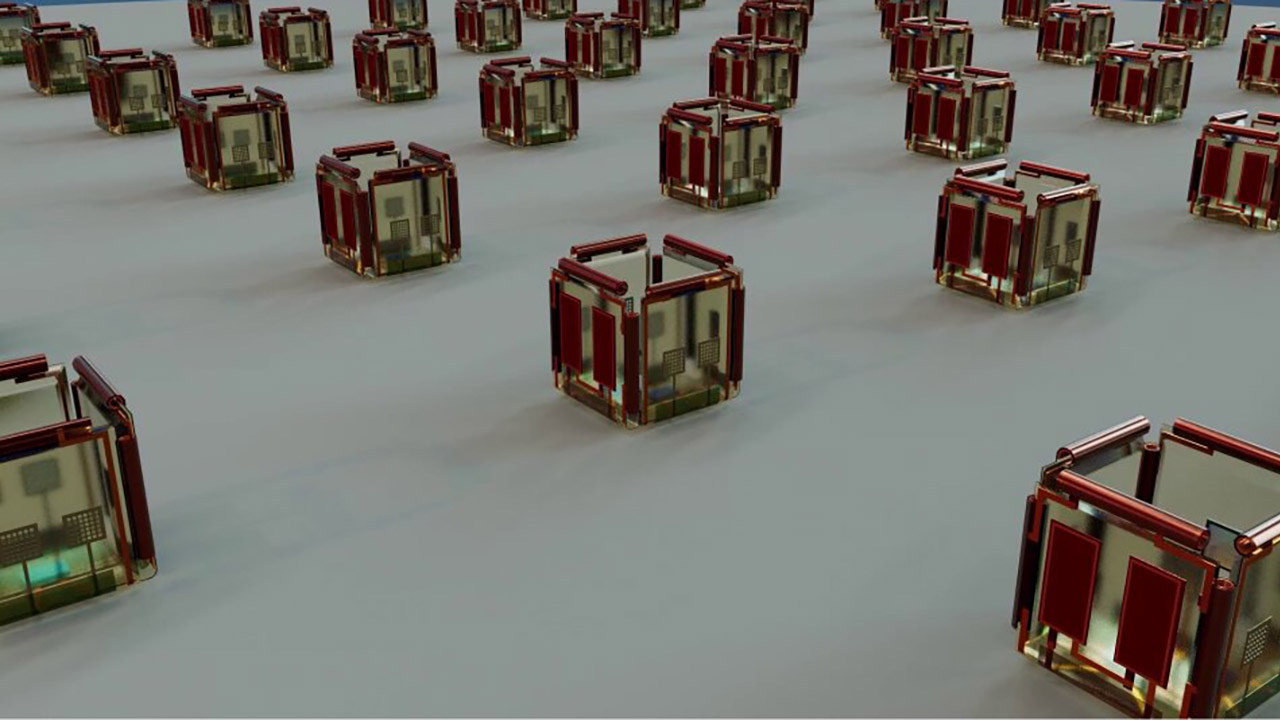
Water quality monitoring in rivers or lakes is one application – imagine a fleet of these robots floating through a reservoir, sensing pollutants and reporting back. In medicine they could one day navigate bodily fluids to do diagnostic tests, deliver data from places too small for traditional tools. The team also see potential in soft robotics or distributed sensing networks where smartlets could form dynamic, responsive colonies.
[Source]

